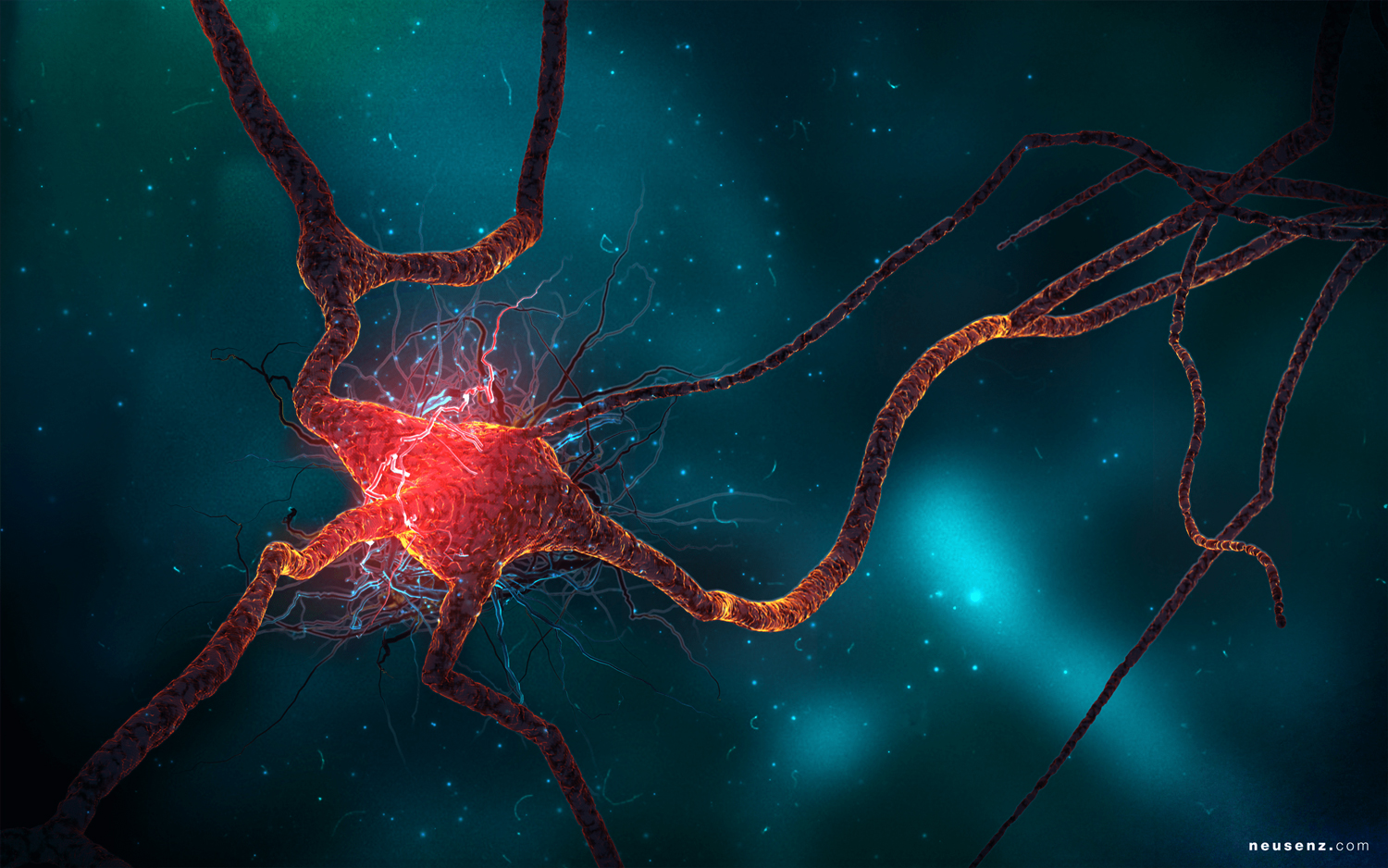What is mindfulness? (and what isn't).
Mindfulness has become one of the most widespread practices throughout the western world in recent decades, with centres popping up by the minute, millions of people sitting silently with their eyes closed and swearing for their revolutionary benefits, but there’s also a lot of confusion around it. What exactly is it and where does it come from? What is it for? And most importantly: Does it work?
Mindfulness is key to reconnect with ourselves and our communities.
Here we hope to clarify these questions and demystify what mindfulness is and what isn’t, so that you can have an informed opinion and decide if it is for you or not.
WHAT IS MINDFULNESS?
“Mindfulness is how we listen to our lives. How we listen to ourselves.”
– Tara Brach
Mindfulness is a translation of the word sati, which can also mean "full consciousness" or "to recollect" in Pali, the language used in the earlier texts known about the teachings of the Buddha, however there is no direct translation.
In any case, most contemporary definitions of mindfulness seem to agree on one thing: a focused and non-judging attention to what happens in the present moment. Then each one has its particular flavour, are some that we consider significant:
Thich Nhat Hanh. Zen Master and key figure in Meditation and Mindfulness.
Jon Kabat-Zinn: Considered the father of mindfulness, defines it as: “Paying attention in a particular way: On purpose, in the present moment, and without any judgement.”
Thich Nhat Hanh: Zen Master, pacifist and one of the most remarkable spiritual leaders of our time, defines mindfulness as follows: “Mindfulness shows us what is happening in our bodies, our emotions, our minds, and in the world. Through mindfulness, we avoid harming ourselves and others.”
Shantideva: In the writings of the eighth-century Indian poet, philosopher and moralist writer, afflictions, negative mental states, are compared to bands of thieves who roam around us, waiting for an opportunity to invade our mind's house and steal our treasures. And compares mindfulness with a “guardian at the entrance of the senses who is continually alert to possible incursions of attachment, aversion, greed, jealousy, the things that await us to invade us.” https://www.buddhistinquiry.org/article/the-buddhas-last-word-care/
Tara Brach: Psychologist and teacher, adds “Mindfulness is how we listen to our lives. How we listen to ourselves.”
BENEFITS OF MINDFULNESS
The practice of mindfulness is a way of training the mind that allows us to live fully in the present (which is, after all, where we live and the only place where we can take action), preventing us to be conditioned by the past or worried about the future. We learn to take a step back and see the things that happen in the moment clearly, with perspective and without being carried away by the thoughts, sensations and emotions that we experience. By creating this space and observing the mental events as they happen, we stop identifying with them: I am not my sensations, my emotions or my thoughts.
It’s important to remember that this is a mental exercise and like physical exercise, requires time and dedication. These are some of the proven benefits that a regular practice can have:
Increases gray matter density in parts of the brain (another study)
Reduces amygdala activation (responsible for much of our reactivity)
BRIEF HISTORY
In the West, mindfulness has been gaining popularity since the late 70's when Prof. Jon Kabat-Zinn, who had been training in Zen and Vipassana meditation practices, developed the Mindfulness-Based Stress Reduction (MBSR) program at the University of Massachusetts Medical School, designed to help people with stress, anxiety, depression and pain.
Nowadays, the training, practices and applications of mindfulness continue to evolve at a great pace and continue to incorporate knowledge and techniques from many other fields such as neuroscience, psychology and positive psychology, the science of happiness, cognitive behavioral therapy (CBT) and even philosophy, becoming a dynamic integrative discipline.
However, the fundamentals of the practice have not changed much since the Buddha's time (2,500 years ago): there is a formal practice (usually meditation), and then an informal practice where concepts and exercises are incorporated into daily life.
WHY IS IT SO FASHIONABLE?
Here are some of the reasons why mindfulness has expanded so quickly in our Western society:
There is scientific research that shows the effects of mindfulness in the brain.
Science based: What was once regarded purely as an exotic practice is being now supported by modern science, confirming and corroborating the benefits of mindfulness. If it’s not happened before is because 90% of what we know today about how the human brain and mind work, has been discovered only in the last 40 years. And many of the studies started those days are now producing results that needed the test of time.
It’s a reaction to personal disconnection: The 20th Century has seen the deepest social transformations in the history of humanity at a global level. One of the repercussions at personal level (particularly in the last 50 years) has been the personal disconnection suffered by the development of a global society centered on individualism. Community, belonging, sharing and family have been dissolving while loneliness, alienation, suicide rates, work stress and personal dissatisfaction have increased. Human beings are deeply social and we need these connections for our very survival.
Taking back control: With our attention being hijacking constantly through mobile phones and television, we feel that we have no control over what is happening in the world, the information we see or even our own lives, emotions and thoughts. Often we feel trapped in that endless wheel of continuous growth that doesn’t seem to be doing us any good. In this context, mindfulness provides the tools to bring our attention back to what is really important, improving our quality of life and of those around us. As Jon Kabat-Zinn says: It's a systematic approach to developing new kinds of control and wisdom in our lives.
Word of mouth: Perhaps the simplest reason why something extends. In the end, the test of fire for mindfulness is whether it really works or not for somebody. It seems that more and more people are trying it out and noticing positive changes, so they share it with family and friends who decide to prove it for themselves
Loneliness and isolation are common in our society.
WHAT MINDFULNESS ISN’T
There’s a lot of information and beliefs about mindfulness and unfortunately not all are correct, here we demystify some of them:
There’s no need to become a monk to enjoy the benefits of mindfulness.
It’s not positive thinking: When we practice mindfulness, we practice being with all mental states: the good, the bad and the neutral.
It's not a quick fix: It takes discipline to practice mindfulness and time to unlearn lifelong patterns, so letting go of personal expectations, being patient and trusting the process is an essential attitude.
It’s not a miracle cure: It will not make stress or pain go away, but meditating regularly will change the way we relate to these challenges and other difficult times in life. Our typical reaction might be to avoid unpleasant feelings however, by learning to stay present when we experience painful thoughts, emotions or physical sensations, we can learn to relate to them differently. We learn to see the “stories” we create about pain or difficulty and let them go along with that additional suffering that we generate ourselves.
It’s not a religion: Although initially based on Buddhist practices, nowadays (thanks among other things to all the scientific studies that support its benefits), mindfulness is taught mostly in a secular way.
It’s not about learning to relax: You may relax when you meditate, but maybe not: this does’t mean you are doing it wrong. It’s not practiced to achieve any particular mental state, to levitate, achieve nirvana or experience the ecstasy of Saint Teresa... we simply learn to observe our personal experience in the present moment, whatever it may be.
It’s not about emptying our mind of conscious thought: Rather, we are learning to see our thoughts as events or transient mental phenomena, and respond to them with greater wisdom.
“My mind is too busy to meditate” is a common belief, but it’s the nature of the mind to be busy and always looking for new things to worry, plan or stress about. When we practice, we are learning to disengage from our thoughts and return to our intention, or whatever the focus of our attention we decide to be on that moment (the breath, for example). Our mind will quickly wander again, and the task will remain the same: as soon as you realize that your mind has wandered, you recognize that this is "thinking" and kindly and compassionately you bring your attention back, without any judgment.
“Being or living in the present moment” doesn’t mean living without caring about the future or the consequences of our actions. It simply means paying attention to our experience in the present moment. The past helps us to learn but it can’t be changed, and the future will be determined by what we do now, to the extent of whatever we can influence The essential thing to understand is that only in the present moment there we have an opportunity to do something different.
The benefits of mindfulness will be experienced if we practice regularly. Little and often is better than a lot and rarely. It helps making mindfulness part of our daily life instead of just meditating when things are difficult and hoping that your problems will disappear with it.
It’s not an individualistic practice. One of the keys of mindfulness is that it is intimately related to feelings of compassion, connection and happiness towards others, and acting accordingly.
Meditating does not just mean sitting (or walking) practice. We can meditate informally by intentionally paying attention to our experience as it develops at any moment, without judging it.
Mindfulness is not the same as meditation. Meditation is a practice, a tool that helps us to reconnect, to know ourselves better and to understand how our mind works, in order to be more present and not get carried away by reactivity. Instead, mindfulness is a way of life.
There is no right or wrong. Many gurus, masters and groups may suggest or claim that there is a “right” way or a better way to practice, but this is not the case. Although neural processes are universal to all humans and there are practices that are more effective than others for a greater number of people (in our courses we will teach you many of these), in the end it’s an internal and private personal experience, and what may work for one person may not serve another at all. The only way to find out is by trying out the different options oneself.
Mindfulness learning is not a linear process. Sometimes our attention may feel very focused, other times it will be very dispersed. A key attitude is to always keep a beginner's mind, going back to learning the same lessons over and over again.
We hope you’ve found this info useful to understand a little more what is mindfulness (and what isn’t) and gives you a starting point should you want to investigate further. If you are thinking of beginning a practice but don’t know where to start, send us an email to hello@kensho.life and we can give you some tips, free resources and other ideas that will help in your first steps. Also we recommend that you sign up to our Weekly Happiness Booster to get free informal practices to practice!
JOIN THE KENSHO LIFE
Sign up to our newsletter to receive our latest guided meditations, news and articles.





